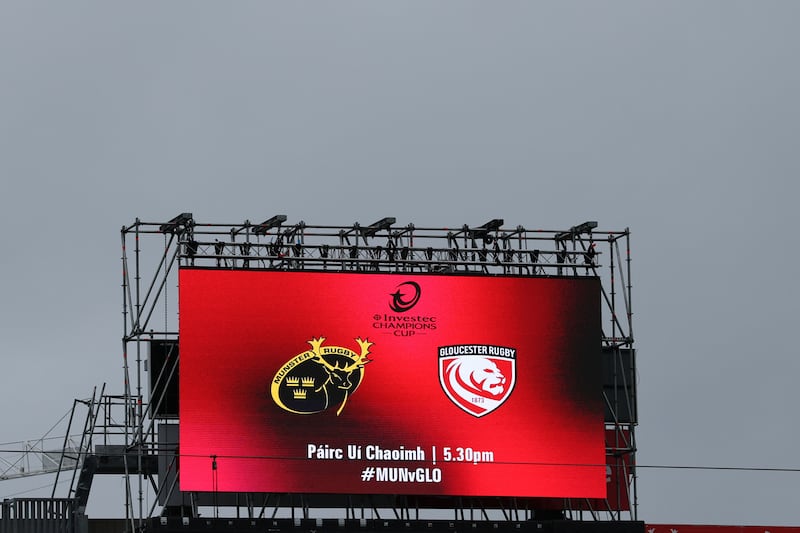US-based James Joyce fanatic Steve Cole once celebrated Bloomsday by tweeting
Ulysses
, over 265,000 words, 140 characters at a time. This year he's resorting to older technology, forgoing ones and zeros to create a limited edition, letterpressed art book called
The Works of Master Poldy
.
"In Ulysses , Molly Bloom says she wants to make a book called The Works of Master Poldy based on things Leopold Bloom said," explains his Irish collaborator, Jamie Murphy, who operates the Salvage Press imprint from the Distiller's Press in NCAD's School of Visual Communications. "This is the first time anyone's done it, to my knowledge."
Murphy and Sean Sills, technical officer at Distiller's Press, are showing me around the print workshop. There are several printing presses of differing vintages. The walls are covered with beautifully handset posters. We stop at a wrought-iron hand printing press from the 1830s, still operational, with a decorative eagle perched on top.
"There's nothing here that would be unfamiliar to Gutenberg," says Sills, referring to Johannes, inventor of the printing press (not Steve Gutenberg star of the Police Academy movies). Letterpress was used, practically unchanged, for 500 years. Only in the 1980s was it largely replaced by desktop publishing.
There are 500 wooden cases of metal or wooden type in the workshop, most dating from the 19th and early 20th centuries. “We have full families of some fonts,” says Sills, “four different weights, every size and the same again in italic. We have a good collection of Caslon, Garamond, Centaur, Bembo, Plantin. And some beautiful old foundry Irish type used up until the 1960s.” He hands me a block with a letter carved out of wood.
He shows me how they lay out paragraphs on the “composing stick”. You learn to read upside-down and backwards, he says. Murphy stresses that you should never wear a watch doing work like this, because if you look at it you might tip two hours of work on the floor. Then you’d have to spend “another hour putting the letters back in the right part of the case.” Each type case is laid out with all the letters and symbols always in the same position. “Like a QWERTY keyboard,” says Sills. “The most regularly used letters are in the middle.” The capital letters and numbers were once in a separate tray in the top. “Hence ‘upper case’ and ‘lower case’, says Sills.
[the letters] are called sorts,” says Sills.
“When you’re setting text, at some point you can run out of a particular letter, so you physically can’t do any more. You’re ‘out of sorts’. If you don’t set the type in the composing stick correctly, you’ve ‘got the wrong end of the stick’, and people say ‘watch your ps and qs’ because a ‘p’ looks like a backwards q and they’re easy to mix up.”
Sills is 63 and learned the craft when it was still the industry standard. Murphy, who is 28, entered the field when it was a niche artisan activity. “I went through NCAD 10 years ago and developed an interest in it,” he says. “When I graduated I worked for commercial graphic design agencies and then opened my own design studio. But I got disillusioned. I wanted to be more hands on. You get your hands dirty doing this. Rather than composing and laying things out on screen, you’re physically making it with your hands. You get covered in ink. There’s a tactile quality I missed in graphic design. You’d always try and bring some kind of craft or making into your work but it’s very difficult when everything you produce is on screen. Your work only ever exists as light.”
There’s been a bit of a resurgence. “We see more young people trying to acquire these skills,” says Murphy. “I think there’s a whole wave of designers now that don’t want to look at a screen. It’s like what happened with vinyl in music. I guess it’s part of the same wave. It’s taking off in a big way in the UK and the US. In the UK there are a lot of family run businesses producing incredible work.”
They get lots of visitors. Authors like Roddy Doyle and Colm Tóibín have collaborated with them and international aficionados just drop in. "We had some Lithuanians in today," says Sills. "American professors yesterday. The chief librarian from Sydney library dropped by as well."
“We never get any work done,” laughs Murphy. They’ll meet more enthusiasts when they attend Oxford Fine Press Book Fair in November, which features art books that have been worked on for 20 years and rare tomes costing €20,000.
Murphy is hoping to crowd-source enough funding to create 120 hand-bound copies of The Works of Master Poldy (including 20 deluxe editions). He's passionate about printing.
"I feel every graphic designer should do a stint in here," he says. "It makes you slow down and consider every aspect of what's produced. Nowadays people can design something, send it to the printer and never even see the finished product. Here everything is hands on. And there's no 'I'll have this by two o'clock' unless you mean two o clock in two week's time. Nothing is throwaway. You consider the work that went into things. You look at something and think: 'This has taken someone 20 hours to produce' and there's a respect that comes with that."
To read more about
The Works of Master Poldy
go to
indiegogo.com/projects/the- wit-wisdom-of-leopold-bloom





















